|
As we were leaving Elephant Island, the first day after crossing the Drake, we spotted Fin Whales, lots of Fin Whales. These are the 2nd largest whales on the planet, Blue Whales are the largest of any animal. Both Fin Whales and Humpbacks are baleen or filter feeders. Their primary diet is Krill, a small shrimp like animal. Fin Whales can weigh as much as 80 tons and can easily reach 65' in length. Their blow can be over 25' making it easy to spot from a distance. While they are dark gray to brown, their lower left jaw is white, but the right jaw is gray. There were two whale experts aboard. Ursula Tscherter holds her Masters in MMS from the University of St. Andrews in Scotland and is Director of the Swiss-Canadian ORES Foundation. Her specialty and passion is Minke Whales, and she provided an excellent lecture on all whales. Second, Pierre Gallego is the only member of the International Whaling Commission representing Luxembourg. As we made our way south toward the Lemaire Channel, our Captain and expedition leader made a slight divergence off the Gerlache Strait toward Fournier Bay. While not the first area we spotted Humpback Whales, it was where we got our closest and best views. Fortunately, numbers of these mighty and amazing creatures have been rebounding as they've been mostly protected since 1966. Among the many interesting facts we learned, Humpback Whales are positively buoyant. Therefore, they can rest on or very near the surface, but need the thrust of their entire fluke to dive for food. The lifespan can be 80 years, and pregnancy in females can be 12 months. They may weigh as much as 40 tons; the calves may weigh up to 1 ton and 4 1/2 meters long at birth. The mother’s milk is extremely fatty, as much as 40% to 60%. They spend the Antarctic summers feeding for their long migration north. There are so many other fascinating facts I won’t bore anyone with here. One of the most is that Humpbacks can be identified from only the underside of their Fluke, much like fingerprints. My images of these whales have been logged onto - https://happywhale.com/home. If you capture images of a humpback, please submit it to HappyWhale. You may be able to track your whale around the world. Update Notice: My submission to HappyWhale.com has been paired with those of a photographer from a decade ago.
0 Comments
Leave a Reply. |
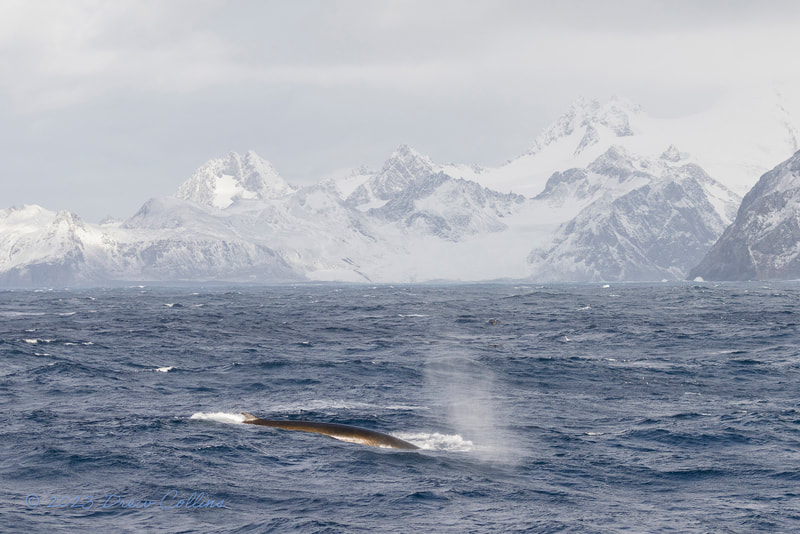
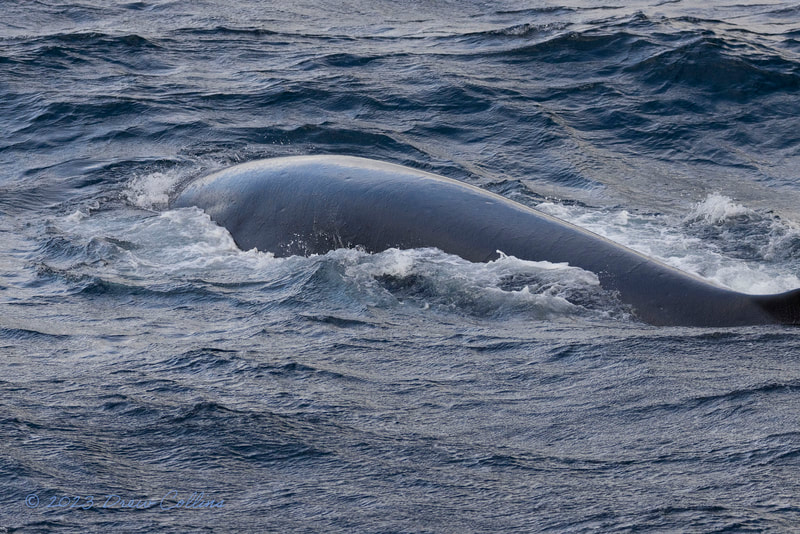
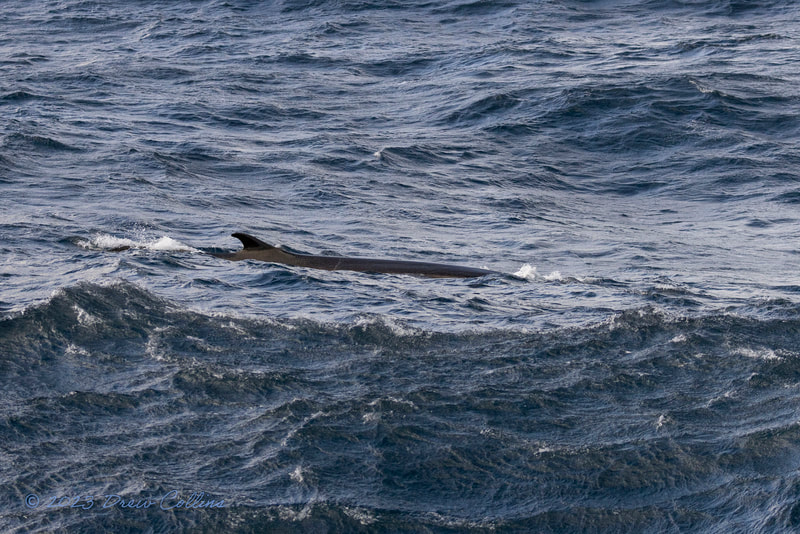
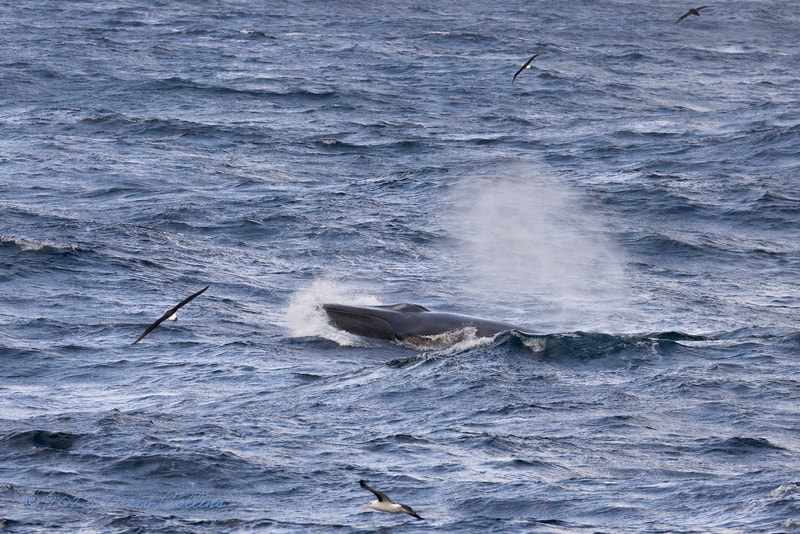
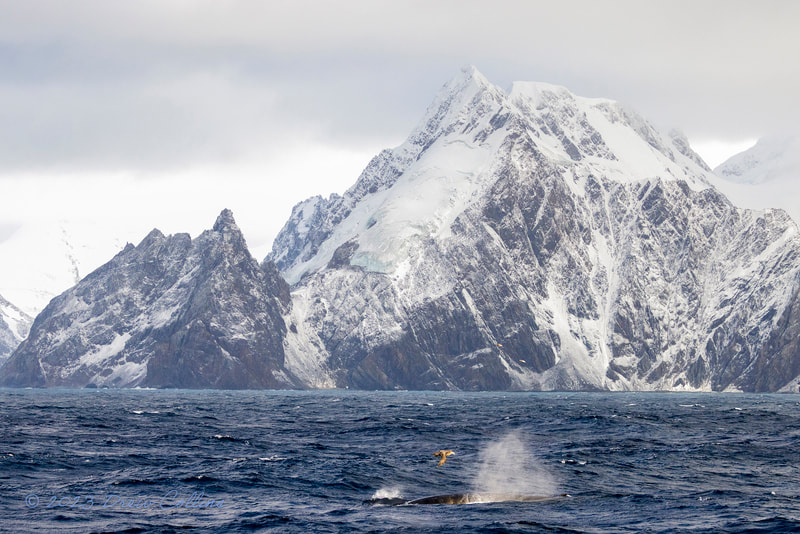
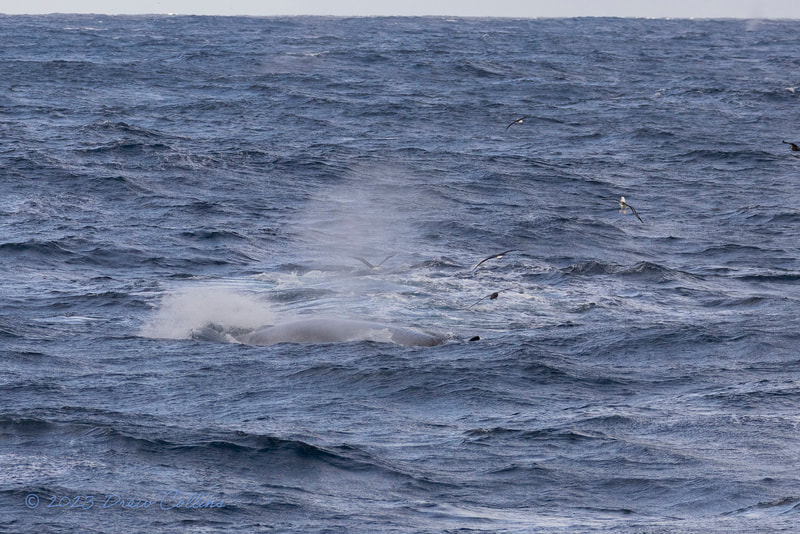
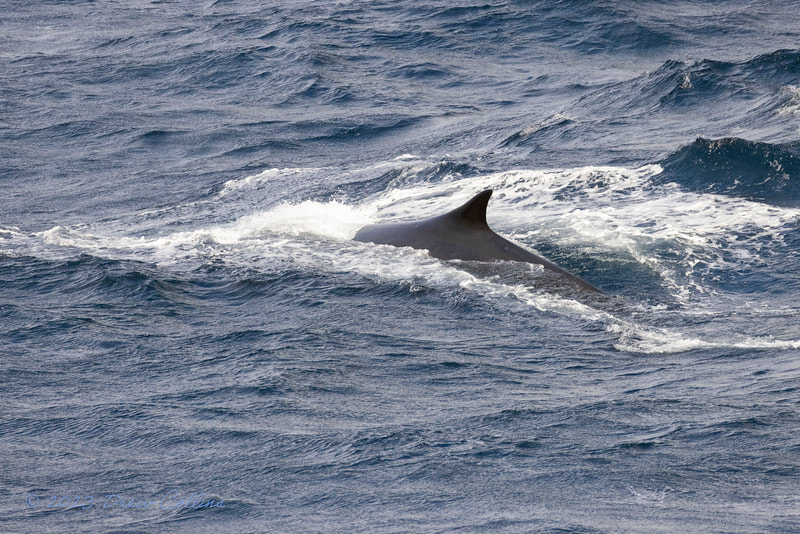
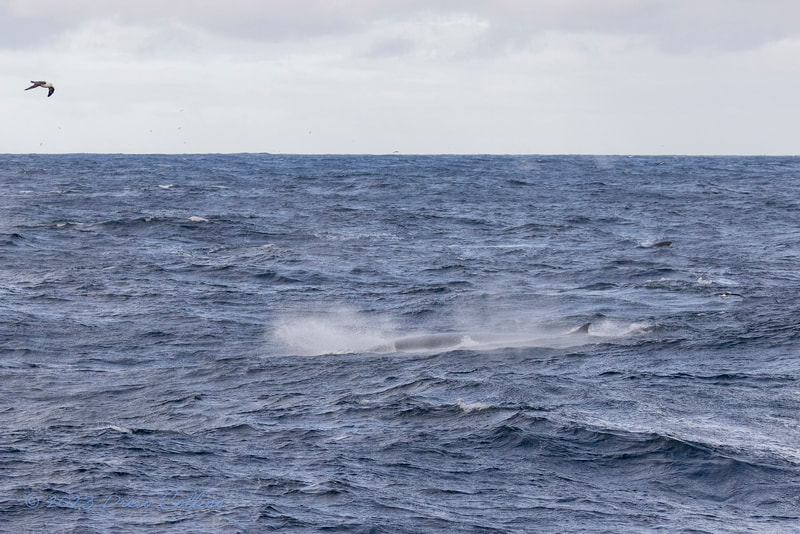
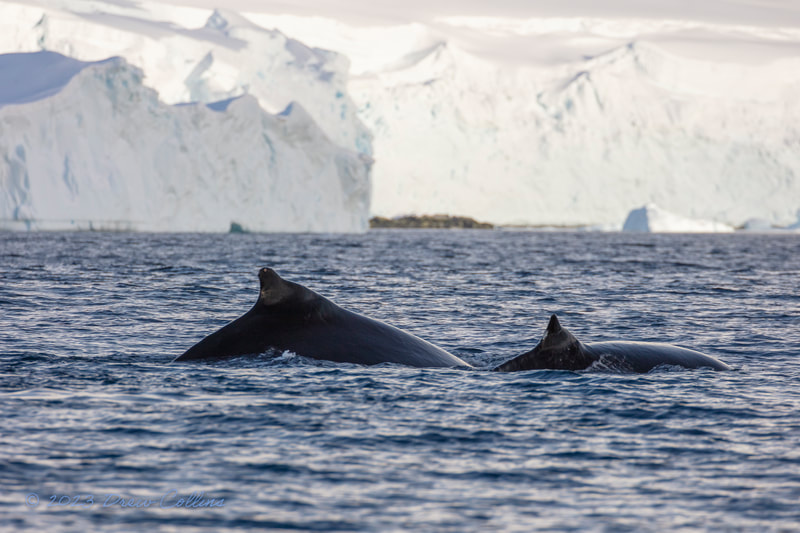
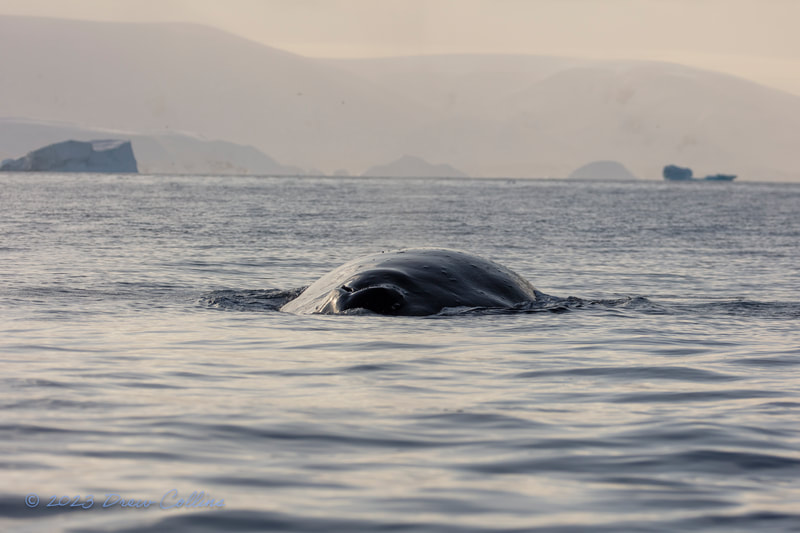
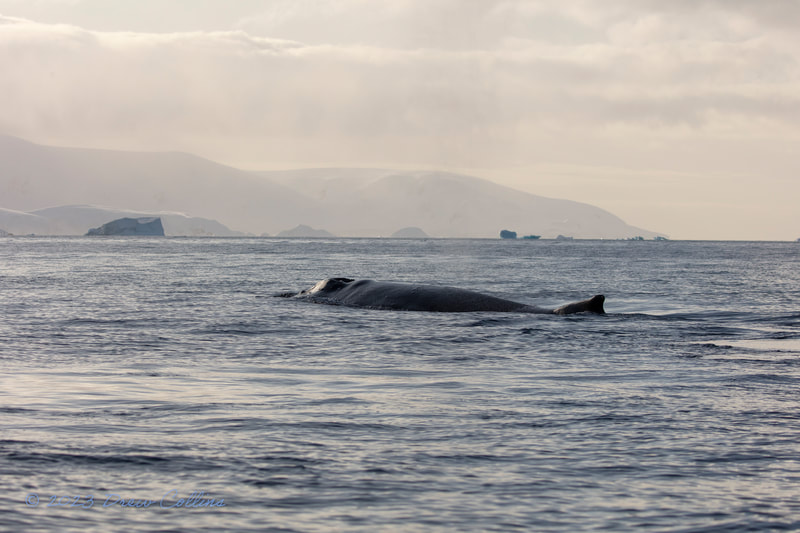
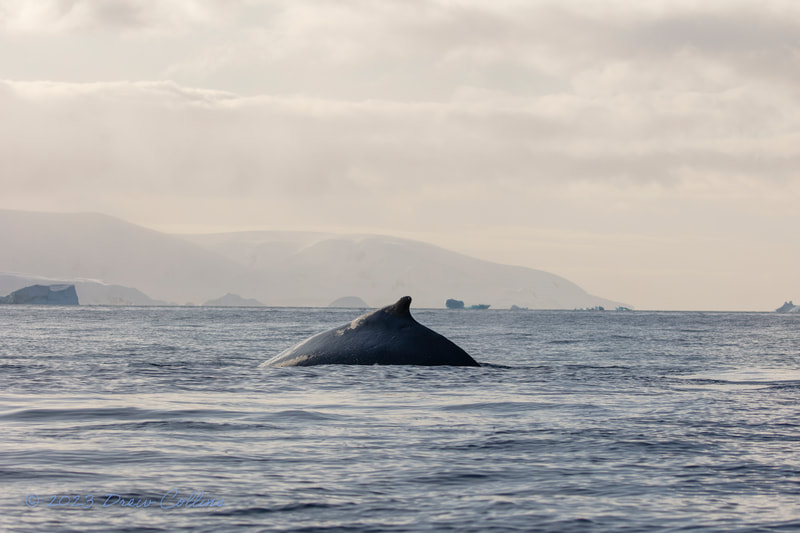
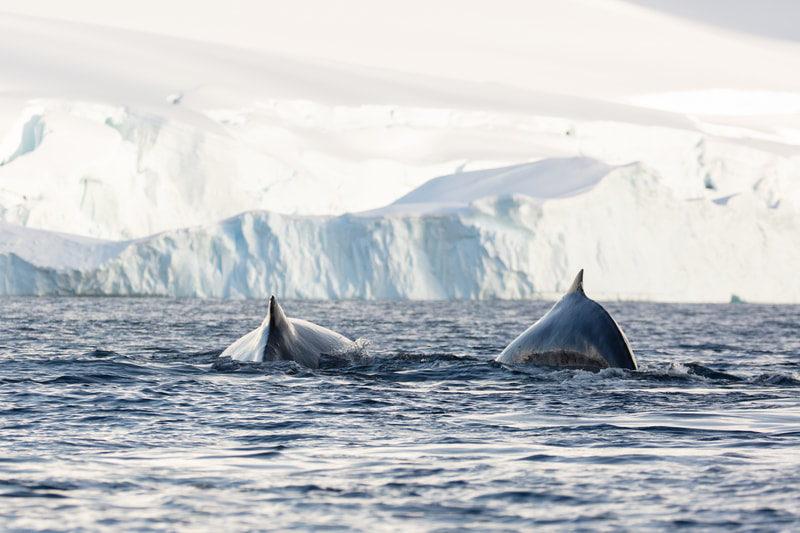
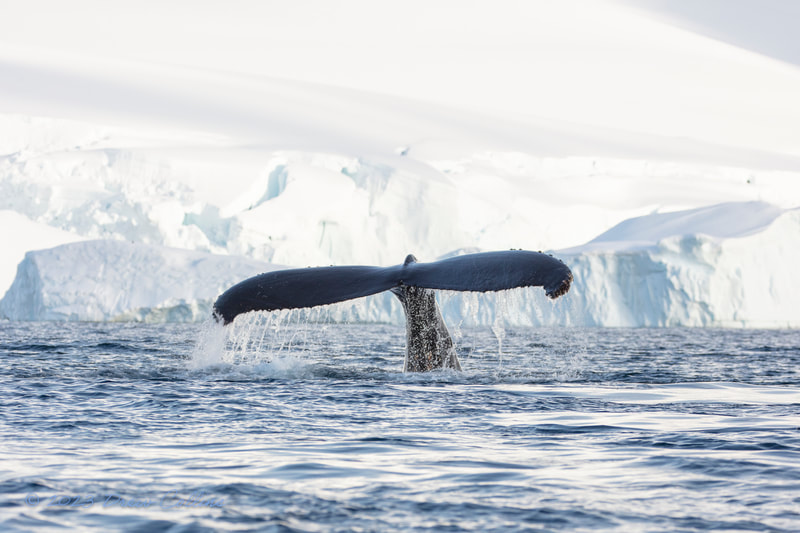
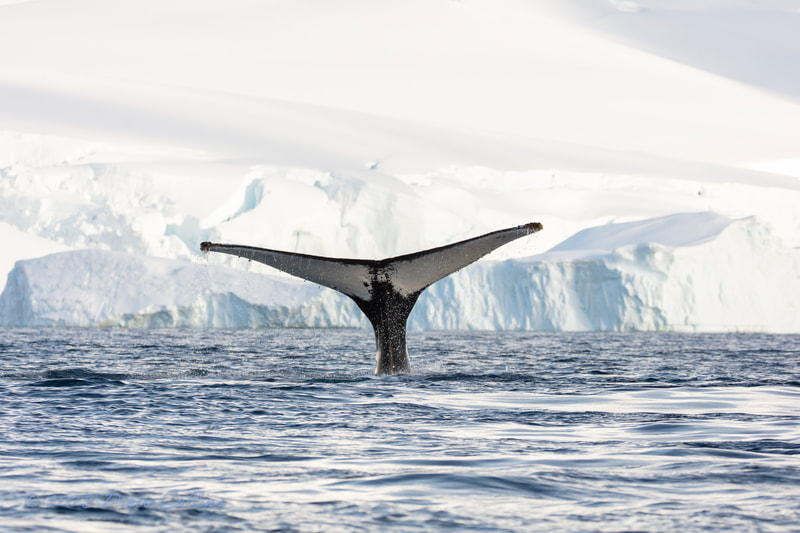
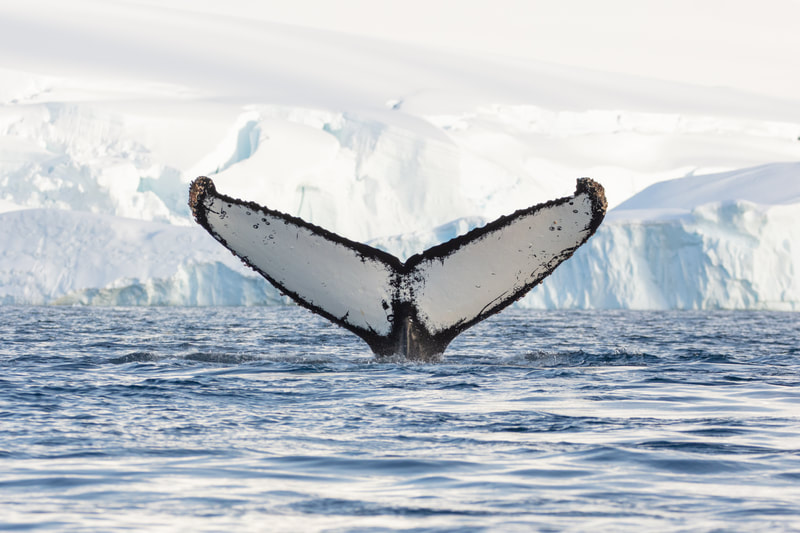
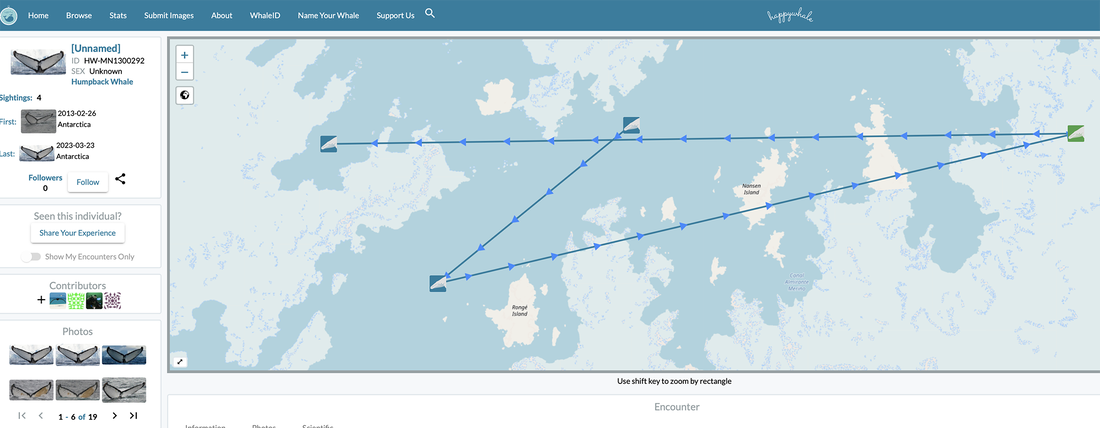
 RSS Feed
RSS Feed